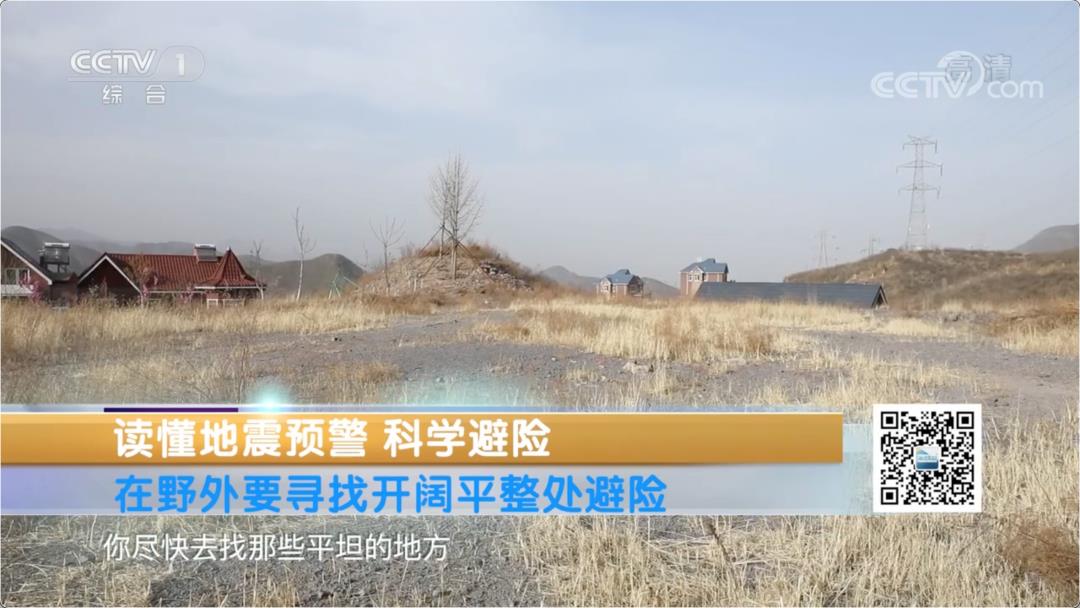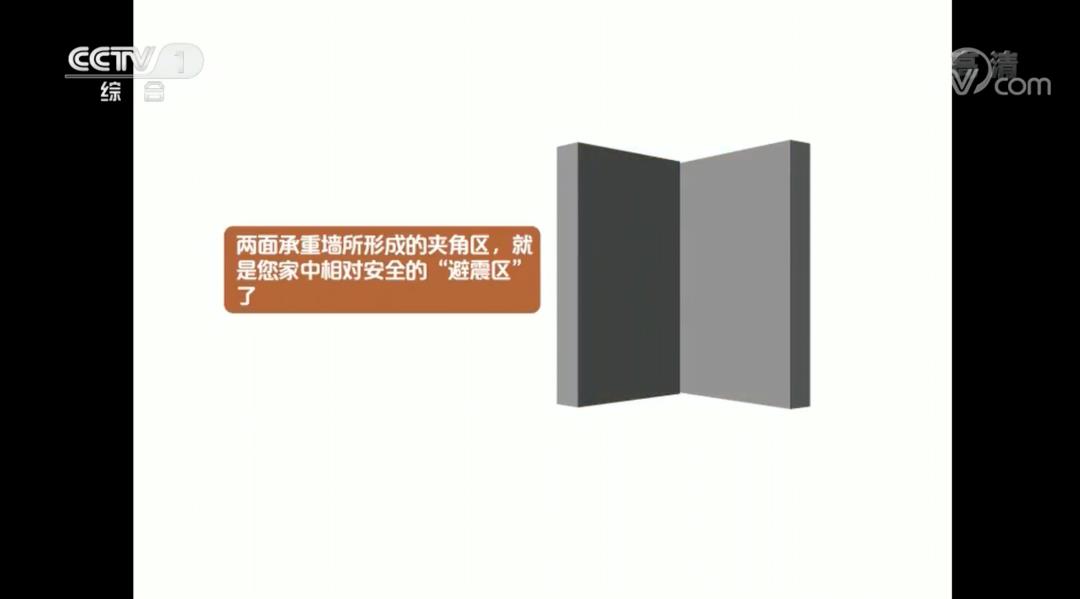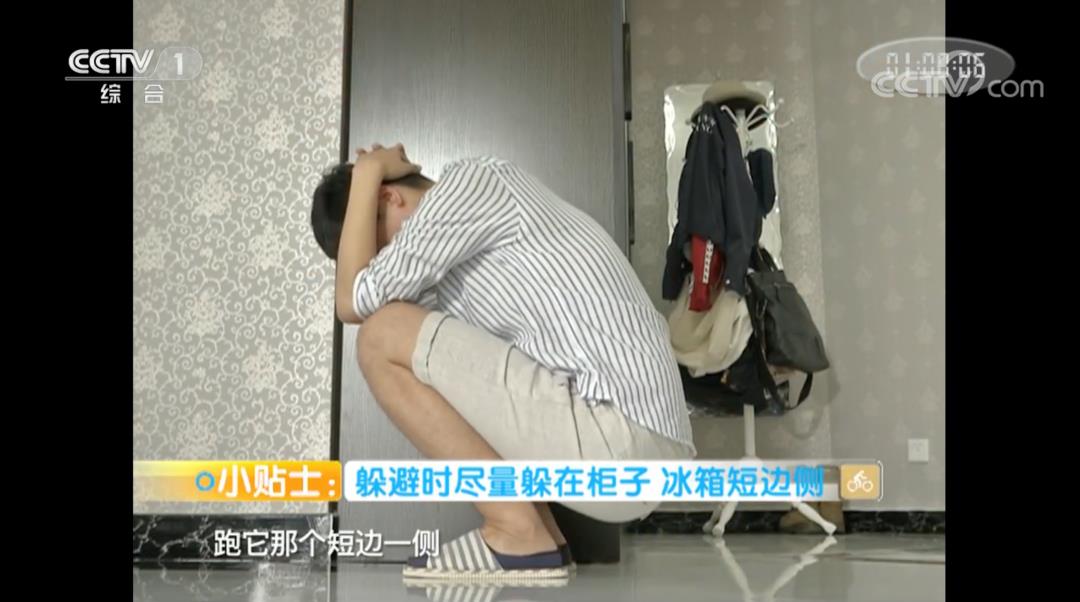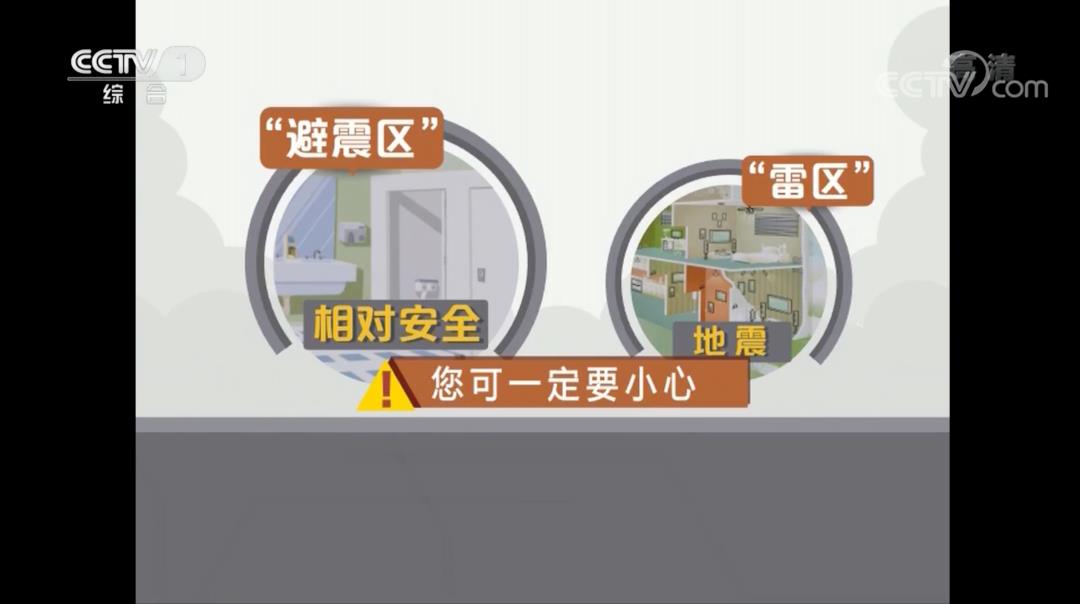How to scientifically prevent earthquake in the first time when an earthquake occurs? Remember these common sense →
The earthquake is sudden and destructive.
Master the correct and scientific methods of shock absorption.
In order to minimize losses and injuries.
During and after the earthquake
What can I do to better protect myself?
Master together
↓ ↓ ↓
Hiding indoors or outdoors during the earthquake?
When an earthquake happens, you should first keep calm.
Quickly judge your position and vibration.
If you are on the first floor of a bungalow or building
And the outdoor space is wider.
Can quickly run outdoors for shock absorption.

If you are on the second floor or above and the building quality is good.
Indoor shock absorption is preferred.
generally speaking
When the earthquake magnitude reaches 4 or above
There will be a feeling of bumps like waves.
At this time, it is necessary to consider avoiding danger indoors.
If you are outdoors,
You should avoid the building quickly
Overpasses, billboards, etc.
Stay away from dams and steep slopes.
High voltage lines, telephone poles, etc.
Which indoor areas are safer and more earthquake-resistant?
main wall
The included angle area formed by two load-bearing walls
Safer and more earthquake-resistant
By knocking on the wall, contrasting the sound
The position of the indoor load-bearing wall can be determined.
generally speaking
The knocking sound of load-bearing wall is more solid than porcelain.
Non-bearing wall
There is a hollow feeling in the knocking sound.

At home, you might as well look in every room.
In the event of a strong earthquake
You can quickly run to the nearest corner to avoid danger
toilet
If you are in the bathroom
You can quickly turn on the faucet and seal the sink.
Enhance air humidity
So as to replenish that wat needed by the body when breathe.
When hiding in the bathroom
Squat down and keep your head below the sink.

Although the bathroom is a relatively ideal shelter.
But its safety range is very limited.
Other "shock zones" at home
During an earthquake, try to avoid it.
Open a small room with a load-bearing wall
Next to sturdy tables, beds, sofas and other furniture.
It can also be used as a "shock zone"
You can squat in these areas.
Cover your head with a cushion.

If you hide in the nearest cabinet or refrigerator,
Pay attention to hiding on the short side.
Never turn the window or even jump off a building in a panic.
You can’t take the elevator either.
If there is an earthquake while sleeping,

Be awakened by shock when sleeping.
Be prepared for hedging immediately.
You can grab the pillow and buckle your ears.
Roll quickly under the bed and lie down.
Form a triangular space with two elbows.
And the height of the body is lower than that of the mattress.
There is a relatively safe "shock zone" at home.
There are also "minefields"

Expert tips
When the earthquake happened,
Never hide on the balcony.
Also stay away from bay windows, kitchens and stairwells.
If an earthquake occurs,
Be in a relatively unfamiliar environment
You should find tall and hard objects.
Hide beside it
And keep your head lower than these items.
Master scientific knowledge of shock absorption.
Can save lives at a critical moment
Poke video ↓
What should we pay attention to after the earthquake?
After a major earthquake, aftershocks often occur frequently.
Pay close attention to aftershock information
Some buildings may not have collapsed during the main earthquake.
But it may collapse during aftershocks.
Do not approach or use it.
Houses without safety appraisal
So as not to cause secondary injury.
Keep calm in times of crisis and avoid risks scientifically.
lookLuding is safe!
Salute to all rescuers!